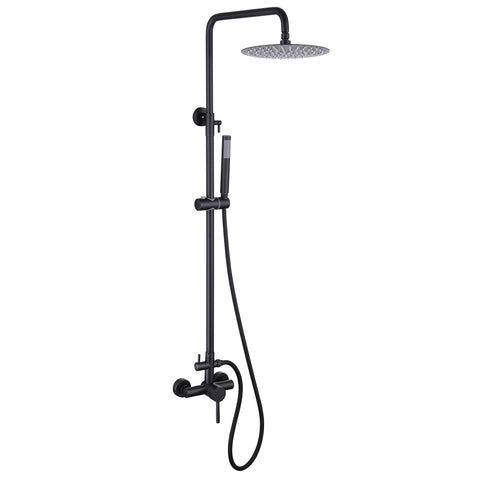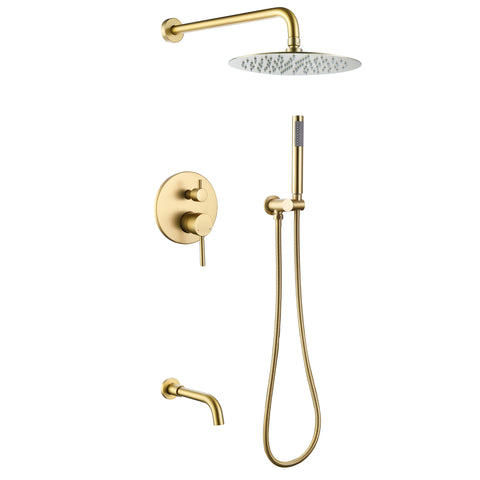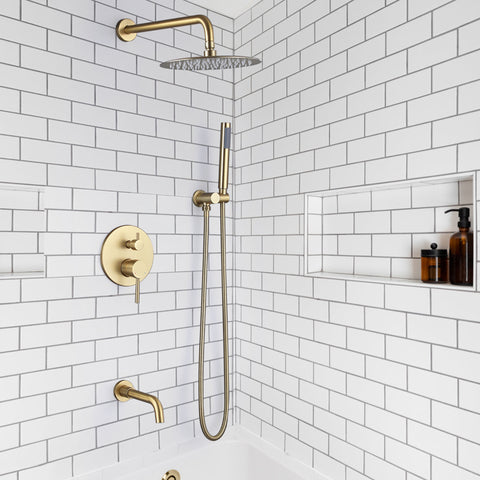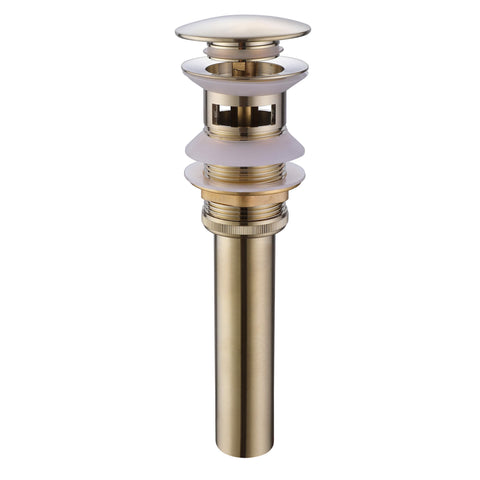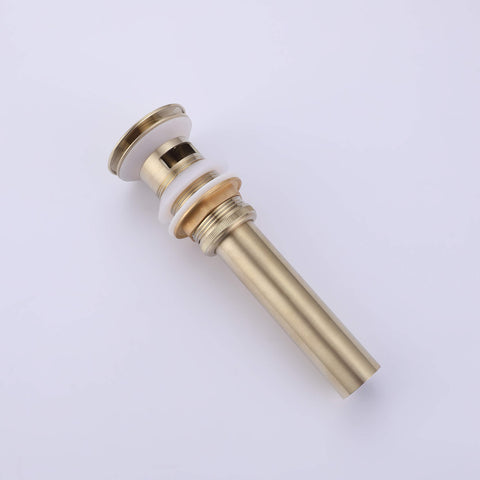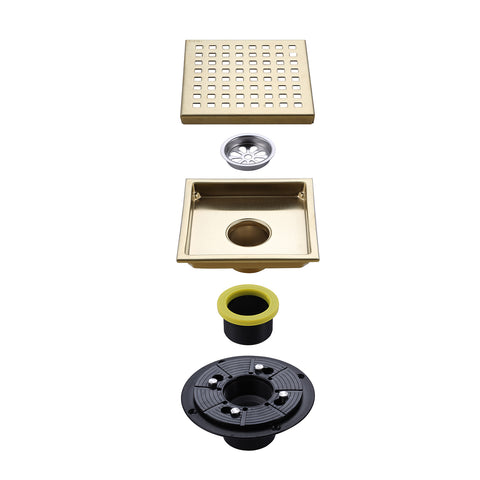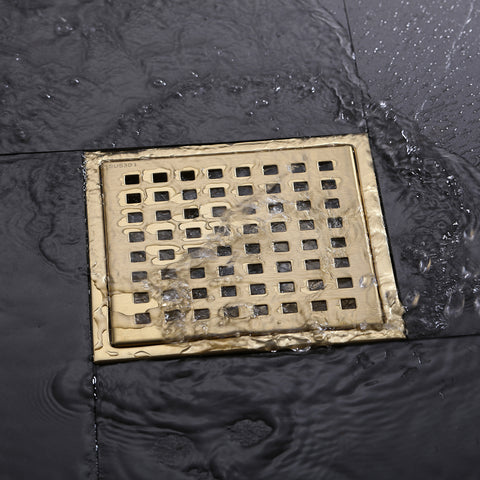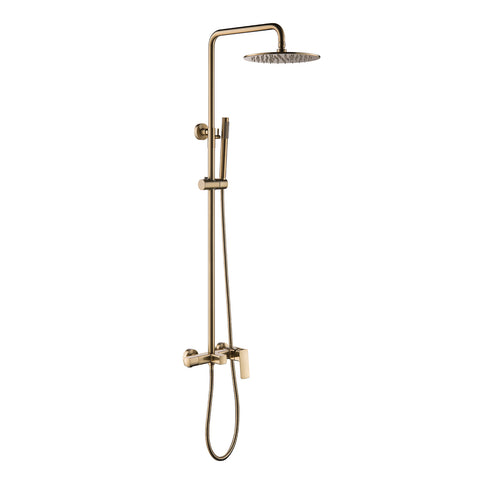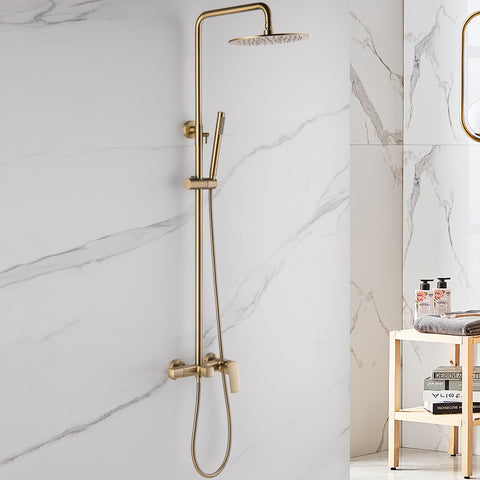How to Extend the Lifespan of Your Faucet: Maintenance Tips & Cleaning Guide
How long will your family's faucets last? Do you know what is the best lifespan for a faucet? Normally, most fittings have a lifespan of five years. To extend the life of the faucet, you can use the following simple methods.
Before installing the faucet, it is crucial to hire experienced and qualified professionals. During installation, avoid letting the faucet collide with hard objects and ensure cement or glue does not remain on the surface, as this could damage the coating. Carefully flush dirt from the pipes before installing the faucet.
It is recommended to clean fingerprints from the faucet surface every two months using a soft cloth, then dry it completely. For maintaining a bright appearance, polish the faucet with car wax monthly. While surface cleaning improves aesthetics, internal cleaning is the most important factor for durability. If the water flow decreases or becomes uneven, it indicates the aerator may be clogged. Remove the aerator, soak it in vinegar, and clean it with a small brush before reinstalling.
Avoid using excessive force when opening the faucet. High-pressure flow beyond the faucet's capacity can shorten its lifespan. If you notice a leak, repair the faucet immediately. New faucets with ceramic seals perform well initially, but hard particles like sand can scratch the sealing surface, causing leaks. Once a leak starts, it can worsen quickly, so prompt repair is essential.
With normal water pressure, a gradual decrease in water flow or automatic shutdown of the water heater can signal blockages. Unscrew the faucet’s screen cover and remove any debris to restore normal flow.
Finally, extending faucet lifespan requires regular maintenance. Consider installing constant pressure, constant flow, and high-efficiency water-saving devices. These devices maintain optimal flow even under high pressure and reduce damage to ceramic seals caused by hard impurities, effectively prolonging faucet life.
Precautions for Faucet Cleaning
1. Do not scrub the faucet surface with hard objects like steel wool, which can scratch the finish.
2. Use a neutral cleaner; acidic or alkaline cleaners can damage the faucet.
3. After cleaning, dry the faucet with a lint-free cloth to prevent limescale buildup.
